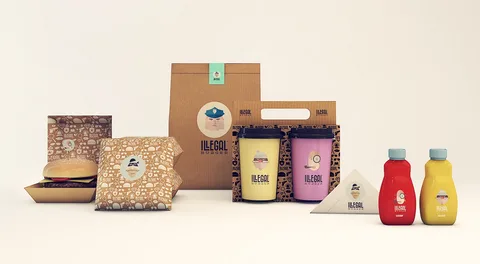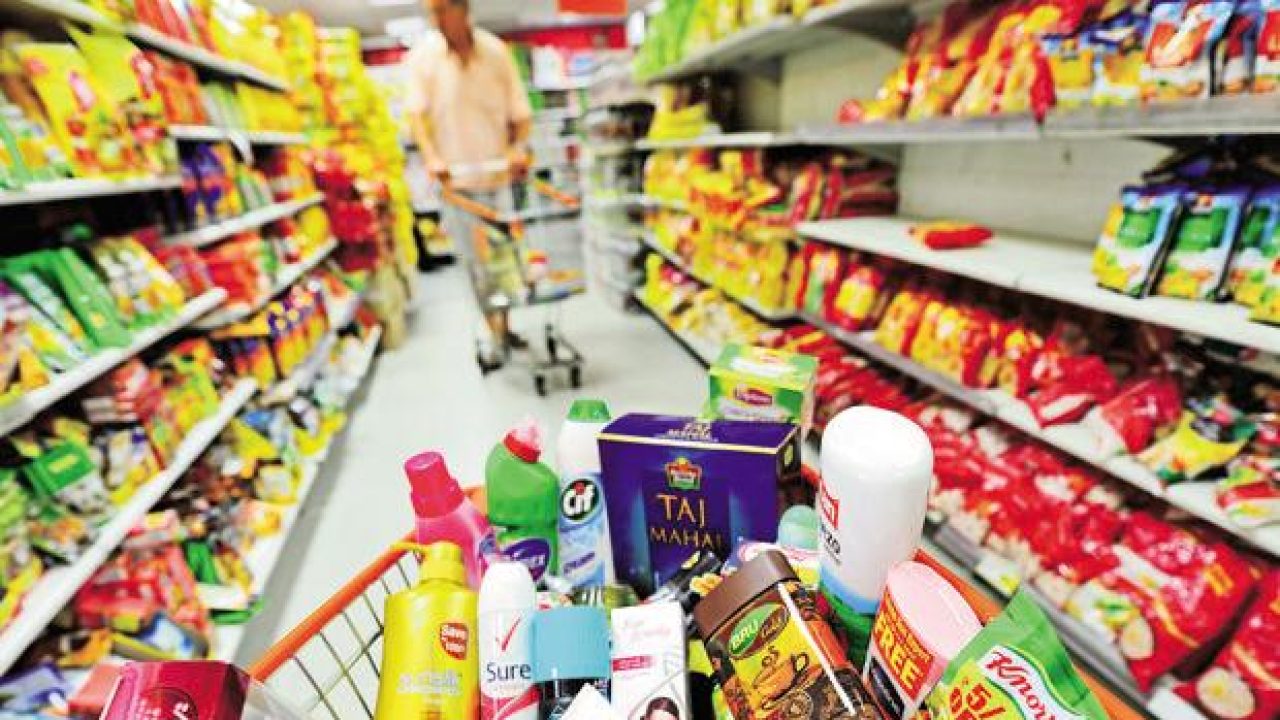Packaging is more than just a container; it is an essential part of the product experience. Among the many packaging formats available today, tubed p
Packaging is more than just a container; it is an essential part of the product experience. Among the many packaging formats available today, tubed packaged goods stand out for their simplicity, efficiency, and broad usability. Tubes provide an ideal solution for dispensing viscous or semi-solid products with precision, hygiene, and ease. Their widespread adoption in cosmetics, pharmaceuticals, food, and industrial sectors underscores their importance.
This comprehensive article explores the definition, benefits, materials, applications, current trends, challenges, and frequently asked questions about tubed packaged goods.
Understanding Tubed Packaged Goods
Tubed packaged goods refer to products housed in flexible or semi-rigid cylindrical containers, typically designed to be squeezed. These tubes generally feature a sealed base, a narrow dispensing nozzle, and a cap or closure to protect the product inside. The flexibility of the tube allows consumers to apply controlled pressure, dispensing only the amount needed.
This format is particularly suited for products with pasty or gel-like textures that require hygienic, mess-free handling.
Benefits of Tubed Packaging
Controlled Product Dispensing
Tubes allow users to dispense precise quantities, which reduces waste and ensures better value. This is especially critical for products like topical medications or cosmetics where dosage and application matter.
Enhanced Hygiene
By limiting exposure to air and contamination, tubes maintain product purity and reduce the risk of microbial growth, unlike jars or tubs where repeated dipping can introduce germs.
Portability and User-Friendliness
Tubes are lightweight, compact, and easy to transport. Their flexible design allows them to conform to space constraints in bags or luggage, making them perfect for travel-sized products.
Product Protection
The sealed design protects products from external factors such as light, moisture, and oxygen, which can degrade sensitive ingredients.
Branding Opportunities
The smooth surface of tubes lends itself well to high-quality printing and labeling, allowing brands to showcase their identity effectively.
Cost and Efficiency
Tubes typically require less material than rigid containers, reducing packaging costs and transportation expenses due to lower weight and volume.

Materials Used in Tubed Packaging
Plastic Tubes
Made from materials like polyethylene (PE) and polypropylene (PP), plastic tubes are highly flexible, durable, and cost-effective. They dominate the market for personal care, food, and household products.
Aluminum Tubes
Aluminum tubes provide excellent barrier properties, protecting products from light and oxygen. These are often preferred for pharmaceuticals and high-end cosmetics due to their premium look and superior preservation.
Laminated Tubes
Laminated tubes consist of multiple layers combining plastic and metal foil, offering both flexibility and protection. They strike a balance between durability, barrier properties, and aesthetic appeal.
Applications Across Industries
Cosmetics and Skincare
Moisturizers, sunscreens, hair gels, hand creams, and other personal care items commonly use tube packaging for hygienic, mess-free application.
Pharmaceuticals
Topical creams, ointments, gels, and lotions in medical treatments use tubes to ensure dosage accuracy and product sterility.
Food Products
Condiments such as ketchup, mayonnaise, mustard, and bakery decorations like icing gels use tubes for ease of dispensing and controlled application.
Industrial and Household Products
Adhesives, sealants, lubricants, and cleaning pastes packaged in tubes allow precise application and reduce mess and waste.
Emerging Trends in Tubed Packaging
Sustainability and Eco-Friendly Solutions
There is a growing push towards recyclable mono-material tubes, biodegradable plastics, and refillable tubes to minimize environmental impact.
Smart Dispensing Technologies
Airless tubes, tamper-evident caps, and portion-control designs are improving user convenience and extending product shelf life.
Customization and Differentiation
Brands are focusing on unique shapes, textures, and high-resolution printing to make tubes more attractive and tactile.
Digital and Interactive Packaging
Some tubes now incorporate QR codes and augmented reality features to engage consumers with product information and marketing.
Challenges Faced by Tubed Packaging
- Recycling Difficulties: Multi-layer laminated tubes are challenging to recycle due to their composite materials.
- Chemical Compatibility: Certain formulations may require special linings to prevent interaction with packaging material.
- Manufacturing Complexity: Custom shapes, advanced printing, and barrier layers can increase costs.
FAQs on Tubed Packaged Goods
Q1: What products are best suited for tubed packaging?
A: Tubed packaging is ideal for viscous, paste-like, or gel products such as creams, ointments, gels, adhesives, and sauces.
Q2: How recyclable are tubes?
A: Plastic and aluminum tubes can be recycled where facilities exist. Laminated tubes are less recyclable, but mono-material tubes are improving sustainability.
Q3: How do tubes help preserve product quality?
A: Tubes protect products from exposure to air, moisture, and contaminants, reducing degradation and contamination risks.
Q4: Can tubes be resealed after opening?
A: Yes, most tubes come with resealable screw caps, flip tops, or snap closures to keep the product fresh.
Q5: What are airless tubes?
A: Airless tubes use vacuum technology to dispense product without air entering the container, preserving sensitive formulations longer.
Q6: What is the difference between plastic and aluminum tubes?
A: Aluminum tubes offer better barrier protection but are less flexible and more costly. Plastic tubes are lightweight, flexible, and cost-effective.
Q7: How can I dispose of tubes properly?
A: Remove leftover product by squeezing out or rinsing, then follow local recycling or disposal guidelines. Recycling depends on tube material and local facilities.
Conclusion
Tubed packaged goods offer a versatile, hygienic, and consumer-friendly packaging solution that spans numerous industries. Their ability to protect sensitive products while providing convenience and controlled application makes them indispensable.
With ongoing innovations in sustainability, smart packaging, and customization, tubes are evolving to meet both environmental goals and consumer expectations. Whether for your daily skincare routine, medical treatments, or kitchen condiments, tubed packaging ensures products remain fresh, accessible, and easy to use.
As brands continue to innovate, tubed packaging will maintain its role as a practical and efficient choice in the competitive marketplace — a simple container with a big impact.
More Info Visit: onlinemrkting




COMMENTS